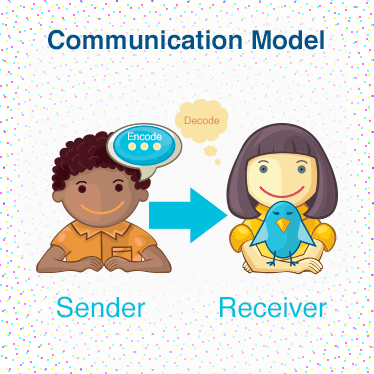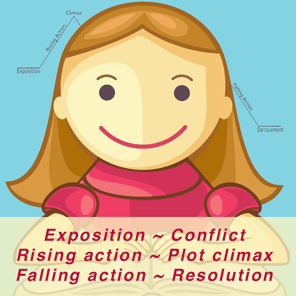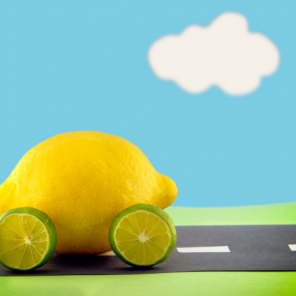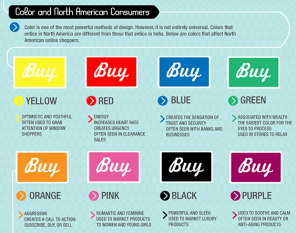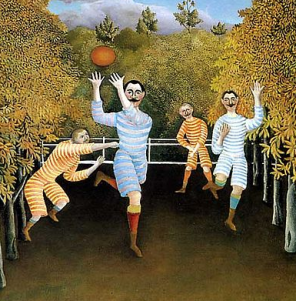The Communication Model
Learn to Become a Better Communicator with the Communication Model Communication models conceptualize the way in which people send, receive, process and respond to information. Claude Elwood Shannon and Warren Weaver developed one of the first widely accepted communication models in 1949 for the telephone company Bell. Since that time,

